Understanding Renault Master dashboard warning lights is essential for preventing mechanical failures and ensuring driver safety. Immediate response to red alerts can prevent breakdowns, while amber/green indicators help maintain optimal performance.
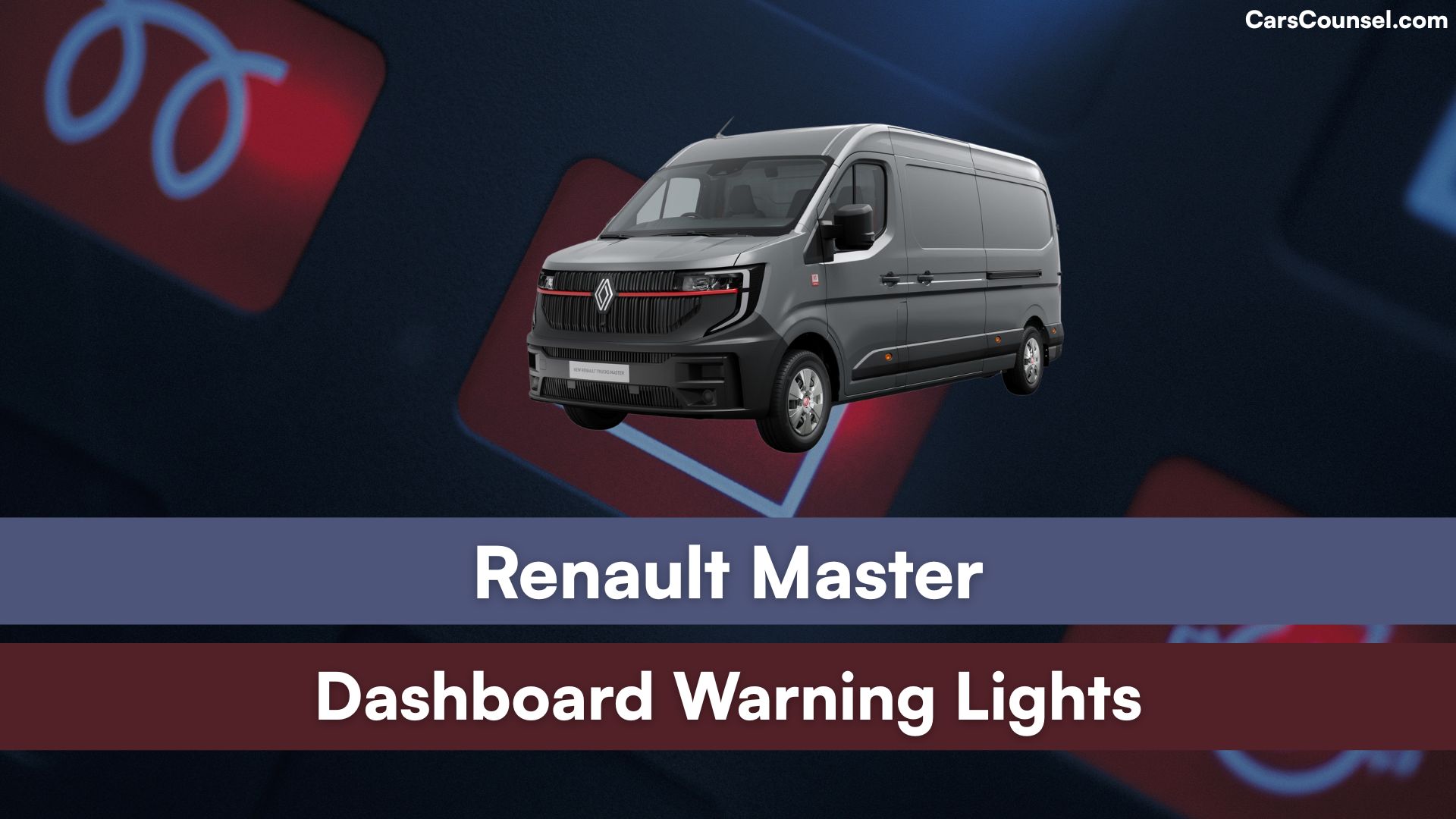
Quick Navigation
Red Warning Lights (Stop Immediately)
Brake System Alert
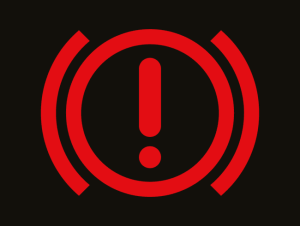
Low brake fluid or hydraulic failure. Park safely and avoid driving until serviced.
Low Oil Pressure
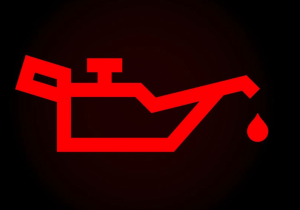
Critically low oil level or pump malfunction. Stop the engine and check oil immediately.
Engine Overheating
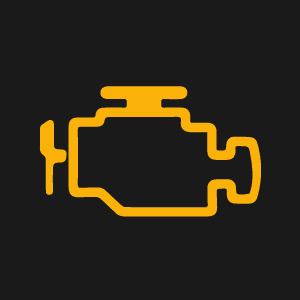
Coolant temperature critically high. Turn off the engine and check coolant level.
Airbag System Fault
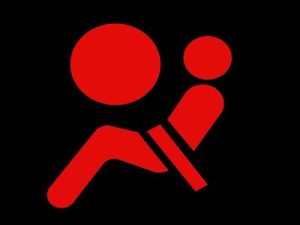
Airbag sensors or connectors disrupted. Seek immediate service to restore safety.
Power Steering Failure
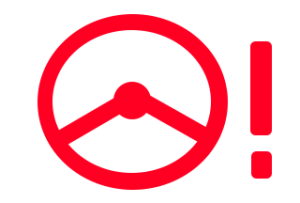
Steering system malfunction. Restart the vehicle; if persistent, avoid driving.
Coolant Level Warning
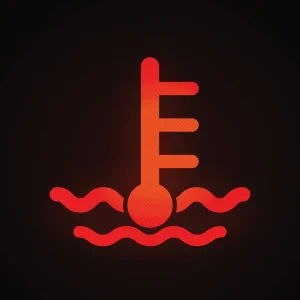
Low coolant. Refill promptly to avoid engine damage.
Transmission Fault
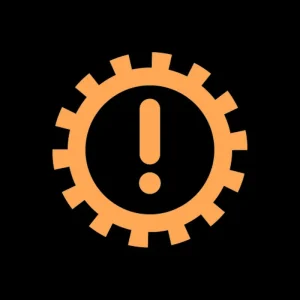
Gearbox malfunction. Stop driving to prevent further damage.
Security Alert
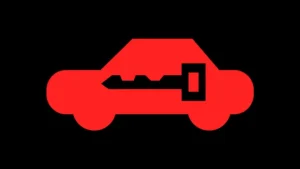
Anti-theft system error. Check key or sensor interference.
ABS Malfunction
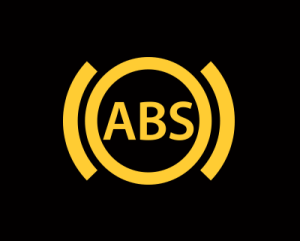
Anti-lock braking system failure. Drive cautiously and service immediately.
Door Ajar
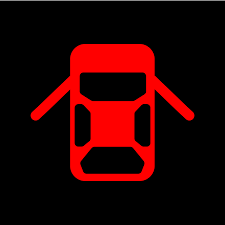
Door or trunk not fully closed. Secure properly to prevent accidents.
Glow Plug Failure (Diesel)
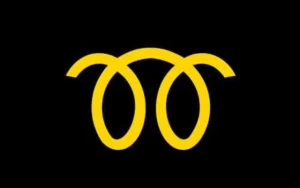
Cold-start system malfunction. Service glow plugs to prevent ignition issues.
Master Warning Light
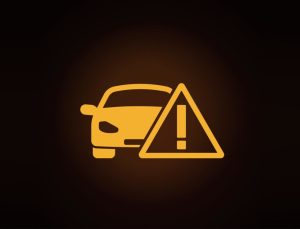
General system fault (e.g., brake fluid low, engine issue). Check dashboard for specific alerts.
Battery Charge Warning
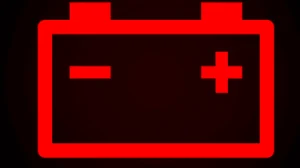
Faulty alternator or electrical connection. Stop driving to prevent stalling.
Tire Pressure (Rapid Loss)
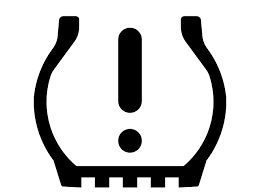
Fast air leakage detected. Check for punctures and inflate.
Yellow/Amber Warning Lights (Action Required Soon)
ESC/ESP Off
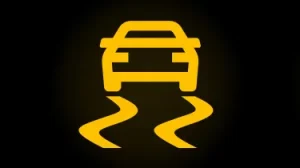
Stability/traction control disabled. Reactivate systems or service.
Low Washer Fluid
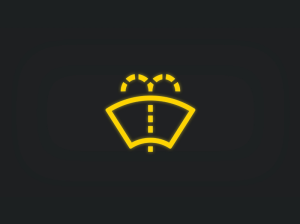
Windshield fluid reservoir low. Refill for clear visibility.
Service Due
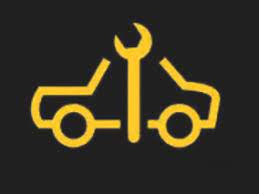
Routine maintenance overdue. Schedule inspection.
DPF Alert
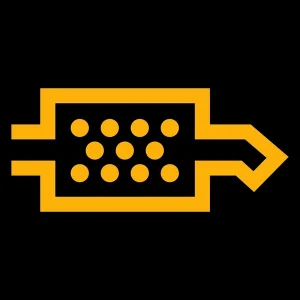
Clogged diesel particulate filter. Drive at highway speeds to regenerate.
Keyless Access Fault
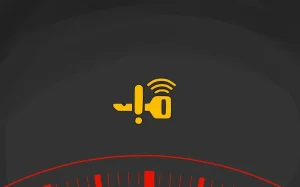
Smart key not detected. Replace battery or reposition key.
Blind Spot Monitoring Off
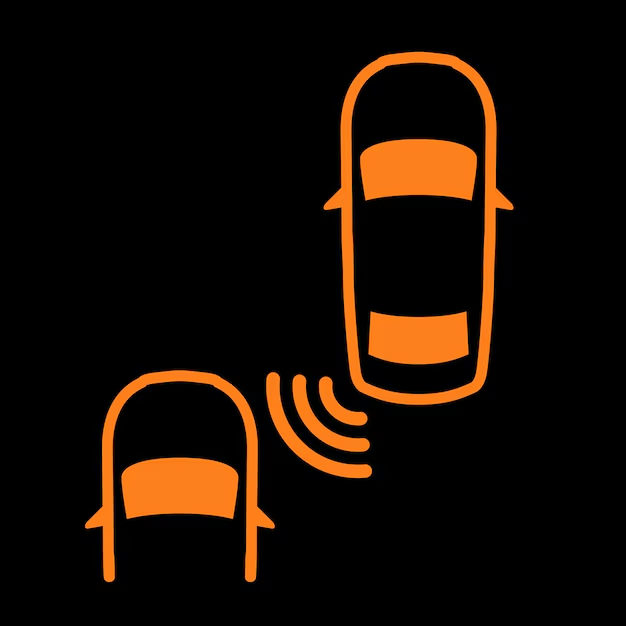
Sensors obstructed or malfunctioning. Clean or service.
Lane Departure Warning
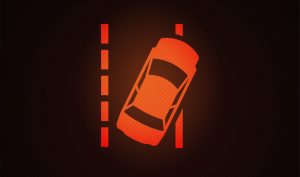
System error or blocked sensors. Clean windshield camera.
Low Fuel
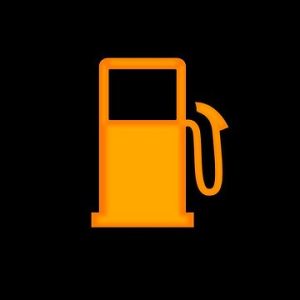
Fuel level critically low. Refuel promptly.
Bulb Failure
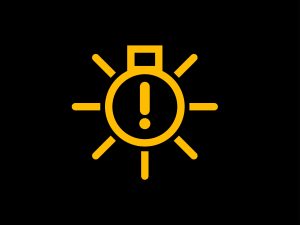
Exterior light malfunction. Replace bulb to maintain visibility.
Overdrive Off
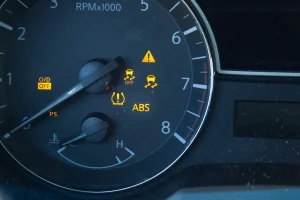
Transmission not shifting optimally. Check settings or service.
Fuel Cap Warning
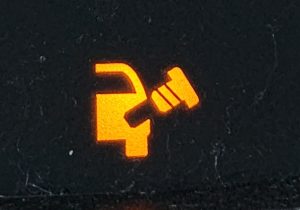
Loose, missing, or faulty fuel cap. Tighten or replace to avoid emissions issues.
Air Suspension Fault
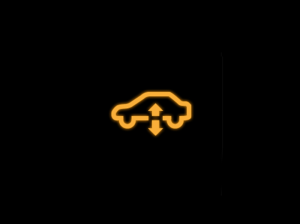
Malfunction in air suspension system. Service to restore ride quality.
Green Warning Lights (Information Only)
Cruise Control Active
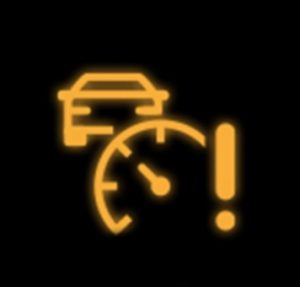
Speed set and maintained. Deactivate when not needed.
ECO Mode Active
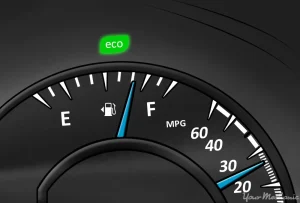
Fuel-efficient driving enabled. No action required.
Front Fog Lights
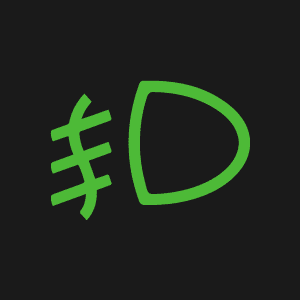
Fog lights engaged. Turn off in clear conditions.
Stop/Start Active
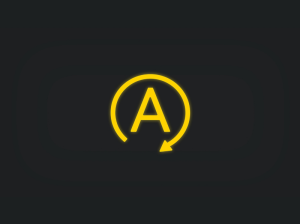
Engine temporarily off at stops. Functioning normally.
4WD Auto
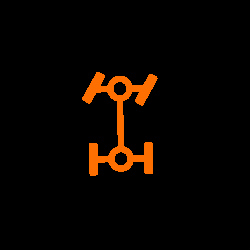
All-wheel drive system active. Ideal for slippery surfaces.
High Beam Indicator
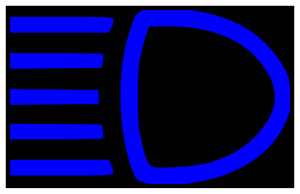
Headlights on high beam. Switch to low beam in traffic.
Turn Signals
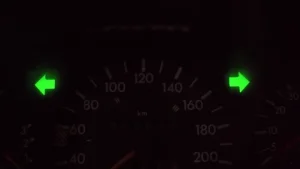
Blinkers in use. Cancel after lane changes.
Parking Lights On
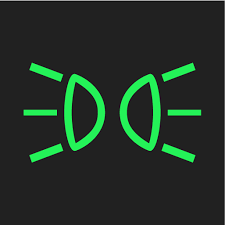
Parking lights engaged. Switch to auto mode if available.
Ready Indicator
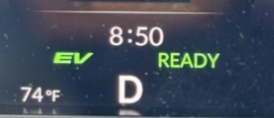
Vehicle powered on. Normal operation.
Auto Hold Active
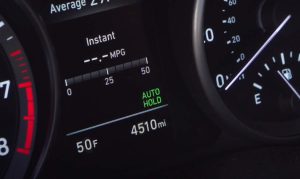
Brakes automatically hold at stops. Release via accelerator.
Gear Indicator
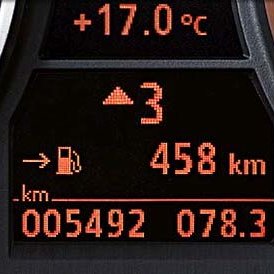
Current transmission gear shown. Automatic mode requires no input.
Navigation Guidance
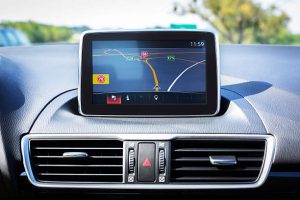
Route directions displayed. Follow prompts or mute.
When looking at Renault, make sure to check out our guides on models like the Renault Trafic, Renault Zoe, Renault Twingo, and Renault Captur. Understanding dashboard warning lights is essential. Our expert reviews break down what each light means, highlighting common alerts for these models and what they could signal about underlying issues, so you’re never left guessing behind the wheel.

